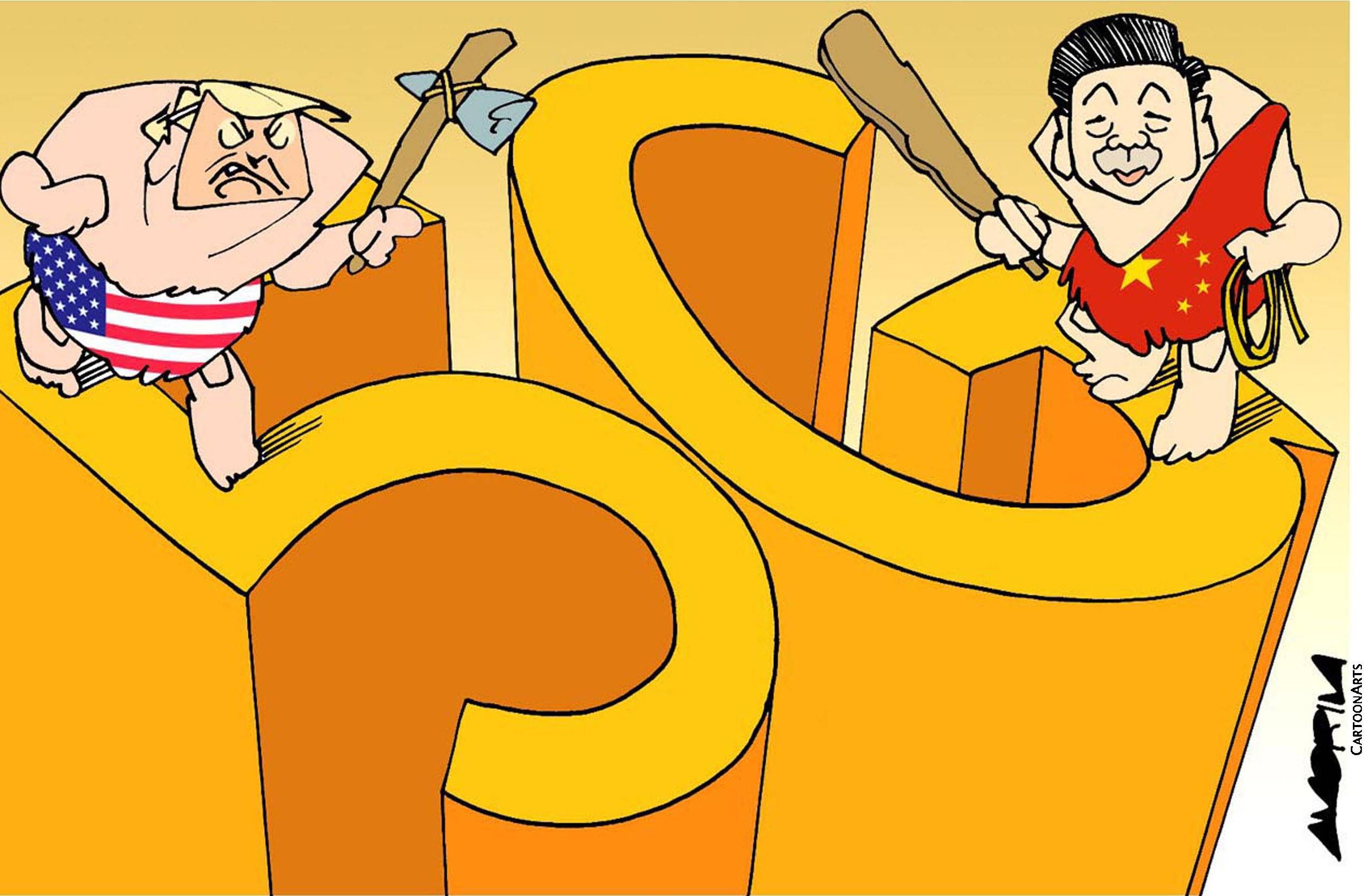U.S. Secretary of State Mike Pompeo’s claim that “the tide is turning against Huawei” seems to have been vindicated by several negative decisions in European countries regarding Huawei’s involvement in their next-generation telecom networks. Most notably, the United Kingdom changed its February decision allowing Huawei’s participation as a “high-risk vendor” after a new security review. U.K. telecom operators are now required to stop buying new 5G equipment from Huawei by the end of 2020 and to remove such equipment from their networks by the end of 2027. Similarly, the new progress report on implementation of the European Union’s “5G Toolbox” risk mitigation framework recommends that member-states establish plans to phase-out “high-risk suppliers.”
These developments reflect growing distrust of China around Europe aggravated by Chinese economic practices, the COVID-19 pandemic, and events concerning Hong Kong. They coincide with enhanced U.S. efforts to check expansion of Chinese firms’ global role in 5G networks. Pompeo’s recent call for struggle against Chinese totalitarianism as “the mission of our times,” in which he singled out Huawei, has framed the issue of global 5G leadership in larger terms. But on inspection, it is doubtful that current U.S. measures add up to an effective strategy for Washington’s declared goal to “lead the development [of] 5G communications infrastructure worldwide.”

















With your current subscription plan you can comment on stories. However, before writing your first comment, please create a display name in the Profile section of your subscriber account page.